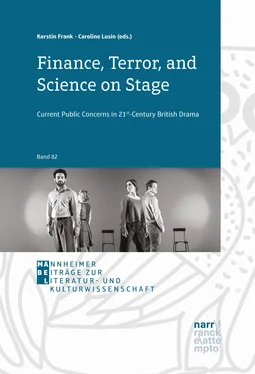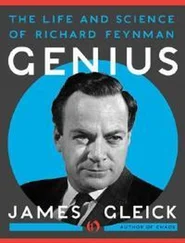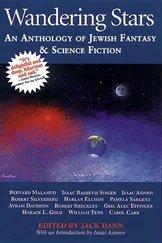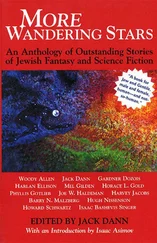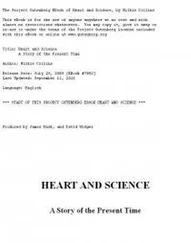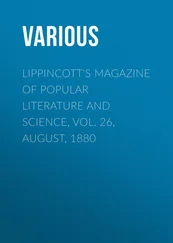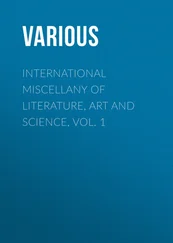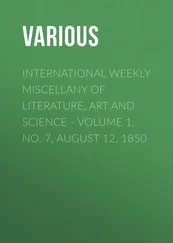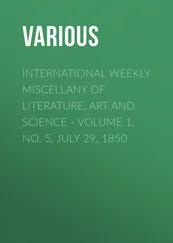This summary has ignored most of the little subplots, love stories and even killings that make up the fabric of this sprawling play; while these differ from scene to scene, they are sufficiently parallel to complement the many exact verbal repetitions that add to the farcical character of Bean’s text.
The history of drama in England, particularly that of comic drama, knows many formats that flourished for a time but eventually died out. Shepherd’s plays, interludes and sentimental comedies all have had their day but are now only to be found on library shelves and possibly in the occasional revival by amateurs or directors in search of the unusual. The history of English farce is different: its conventions, themselves inherited from Roman predecessors, have remained surprisingly stable and effective for the last four centuries. William Shakespeare’s Comedy of Errors , an example of the hyperbolic power of the genre, is probably his play least in need of modernisation or explanatory mediation. It was just as hard for 16 th-century audiences (or just as easy) as it is for us to accept that twins not only look the same and have the same name, but occur in multiple pairs and never bump into one another despite frantic movement in a small space. Mistaken identity, physical pursuit, repetitive violence of a moderate kind, and above all a sense of futility and inevitability still characterise farce’s morphology.
It is worth noting at this point, however, that the tradition only partially continued: the physicality, the improbabilities, the slapstick survived well; what did not last was the farce as a vehicle for satire. In the 18 thcentury, the power of farce was considered dangerous enough to bring about legislation on censorship. Henry Fielding’s output in particular was deemed so subversive by the authorities that the 1737 Licensing Act forced him to switch to a genre less immediately pernicious: the novel. Since then, farce became cognate with belly laughs and unsophisticated entertainment, the tradition to which Gilbert and Sullivan’s Savoy Operas, Ben Travers’ Aldwych farces and Peter Shaffer’s early plays belong. It is only with the abolition of censorship in 1968 and the outrageous queer farces of Joe Orton that the sense of political relevance is re-instilled in the format, and even then no specific grievances are addressed. In this context, Richard Bean’s decision to engage in the debate about immigration by writing a farce and, what is more, combining it with the format of the history play, is most unusual.
Farce, as will be assumed in the following arguments, does not need to be funny. There is an empty, almost nihilistic quality to some of the best farces, and Bean occasionally touches that. Nevertheless, he mainly relies on stalwarts of physical comedy and verbal wit to generate comedy. The Irish bring a live pig, people are surprised while having illicit sex, there are disguises, and there is sometimes grotesque violence such as the killing of a one-eyed baby. In these moments, Bean sails close to the wind: after a barrage of anti-Irish incest jokes and one-liners about monocularity (“Oh, what a beautiful baby! She’s got her mother’s eye!”, 45) the murder is meant to be disturbing, not funny:
HUGO throws the child out of the window. The doll/baby lands on the stage. The audience should see it land and be shocked with the texture of its bounce. Enter SCHIMMEL and family. Jews from the Pale.
SCHIMMEL. Oy gevalt! Did you see that! And you think it’s tough being Jewish! (47)
Characteristically, the shocking image is followed by yet another joke using ethnic stereotypes, resulting in an invitation to laughter that operates on three discrete levels: the most basic one is the visual and linguistic stereotype of the Jew, who, as a representative of the third wave of immigrants, has been expected by the audience as the source of the third round of running gags. The next level is the joke itself: even in adversity, this Jewish speaker can assume an ironical distance to the plight of his people. Thirdly, there is an opportunity for laughter to shake off the impact of the killing. A glance at the theories of laughter shows three main mechanisms at work: superiority, incongruity, and relief. (There are more, but Henri Bergson’s theory of mechanisation, for instance, does not apply here; it fits very well, however, in a structural analysis of the play). The first of these three mechanisms describes hostile or condescending laughter, the second laughter of surprise, and the third laughter to release tension. What is noteworthy is that the result is the same whatever the cause was: individual audience members may well react to only one of the three stimuli with amusement while the others may not work or may even be resented. In such a constellation, somebody far removed from finding Jewish matters or characters the proper subject for derision might still laugh at that moment – out of sheer relief that there is no second sickening moment of death.
Thus, one may find oneself laughing in the wrong company, and worse, one may be mistaken for laughing for the wrong reason. I suspect that is at the bottom of the resentment the hostile reviews articulate: the theatre critics found themselves laughing in the wrong places, against their better judgement and whatever constraints politically acceptable speech acts had to obey in their view. Nicholas de Jongh reveals as much when he begins his review for the Evening Standard by stating that “I have never had a more uncomfortable or unpleasant experience at the National Theatre than at the premiere of Richard Bean’s England People Very Nice . I hated this gross, cartoon history”, while at the same time conceding: “Its invective is often funny, sometimes inventively so.” De Jongh concludes that the play fails to make an intellectual contribution to the ongoing debate about immigration. The counter position to this of course is that theatre is not primarily designed to make intellectual contributions but to present conflicts. If it exports these conflicts to a critic who experiences discomfort, unpleasantness and hatred while acknowledging inventive fun it seems to create a second-order dilemma that is now the critic’s problem.
Bean uses this technique in many variations, actively offering a choice of reactions and thus making the audience complicit in the invective. Here is a complex, polymedial example: the two female English characters run a rehearsal of the play (-within-the-play):
A bare stage.
GINNY. ( Off .) Full company to the stage please!
The company of actors breeze on. Other asylum seekers enter accompanied by Immigration Centre Officers. They are in costume, depicting the early history of Britain – Angles, Vikings, Saxons, Celts, etc.
PHILIPPA. NOTES! It’s almost … quite good.
A mobile phone is heard. It’s YAYAH’s. He’s dressed as a Roman centurion with short sword, skirt, etc. He gives the short sword to a fellow asylum seeker and answers his phone.
YAYAH. ( On phone .) Of course it’s me woman! … Listen! I am not in Lagos so you will have to beat the girl yourself! Goodbye, I am in a meeting! (9)
At the risk of labouring the obvious, let us compile a (probably incomplete) list of incongruities and stereotypes that serve two complementary mechanisms of generating comedy, the encounter of the unexpected and the confirmation of the fully expected. Here are some discrepancies of appearance and action that are potentially funny:
There is visual dissonance between the uniformed or otherwise modern-clad guards and the ‘old’ characters.
Yayah looks particularly odd in Roman uniform. (Please note that the suppositions are based on common pre-programmes, not on historical plausibility: there were plenty of African soldiers in the Roman army.)
Читать дальше
